Deep-drawn components are useful in a number of medical devices due to their precision, strength and ability to form complex shapes necessary for critical applications. However, manufacturing these components while maintaining high standards of cleanliness is challenging. Particulate contamination can compromise manufacturing productivity, leading to high rejection rates and regulatory compliance issues.
This article explores the particulate problem in deep-drawn components. We cover its impact on medical devices, the causes of contamination during the deep drawing process and how expert guidance can help minimise these contaminants.
The challenge of particulates for medical components
Particulates present a significant challenge for medical devices. These tiny contaminants can compromise the integrity and functionality of medical devices, leading to severe consequences in clinical settings. The presence of particulates in medical components can cause complications during medical trials, increase rejection and scrap rates,and ultimately affect patient safety and device efficacy.
Impact on medical trials and regulatory compliance
Medical trials demand the highest level of cleanliness and precision. Particulate contamination can lead to erroneous results, device malfunctions and safety concerns. Regulatory bodies such as the FDA, EMA, and MHRA have stringent requirements for particulate levels in medical devices to ensure they are safe for patient use. Failure to meet these standards can result in device rejections, costly recalls and damage to a manufacturer's reputation.
Increase in rejection and scrap rates
Particulates can significantly increase rejection and scrap rates during the manufacturing process. Even minute contaminants can lead to devices failing to meet quality standards, resulting in increased waste and higher production costs. This not only affects the profitability of manufacturing operations but also extends the time-to-market for critical medical devices.
What causes particulate contamination on deep-drawn components?
Particulates can originate from various sources during the deep drawing process, including material deformation and tooling wear. Understanding these causes is essential for developing strategies to minimise particulate contamination.
- Material deformation: During the deep drawing process, material deformation is inevitable. This deformation can cause microscopic particles to dislodge from the material, contaminating the surface of the component. The use of high-quality materials with uniform properties can help reduce the incidence of particulates caused by deformation.
- Tooling wear: Tooling wear is another significant source of particulates. As tools wear down, they can produce small particles that adhere to the drawn components. Regular maintenance and replacement of tooling, as well as using wear-resistant materials for tools, are critical strategies for minimising particulate generation.
- Lubricants: Lubricants are essential in the deep drawing process to reduce friction and prevent tool and material wear. However, some lubricants can break down during the process, leading to the formation of particulates. Selecting high-quality, stable lubricants and ensuring proper application techniques can help mitigate this issue.
Streamline your drawing process and minimise particulates with expert guidance
Minimising particulate contamination in the deep drawing process requires a multifaceted approach. Collaborating with an experienced partner can be pivotal in achieving these goals. A key example of this is the implementation of advanced manufacturing techniques that are crucial for reducing particulates. Precision tooling ensures tools withstand wear without producing excess particles, and selecting high-quality lubricants and proper application techniques help minimise lubricant-related particulates.
A dedicated partner can help implement rigorous quality control measures to detect and eliminate particulates, using cutting-edge inspection technologies. Regular maintenance and timely replacement of tooling prevent wear-induced particulates, while high-quality materials reduce contamination from material deformation. By working with an expert partner, you can integrate these techniques and quality control measures to significantly reduce particulates in deep-drawn components, ensuring compliance with regulatory standards and maintaining high safety and efficacy.
Think Advanex Medical for industry leading support with your medical device design
Particulate contamination in medical device manufacturing is a critical issue that can affect the safety, efficacy and regulatory compliance of medical devices. Understanding the causes of particulates in deep-drawn components and implementing strategies to minimise their presence is essential for manufacturers. By partnering with an expert in the field, like Advanex Medical, you can streamline your processes, reduce scrap rates and ensure the production of high-quality, compliant medical devices.
Advanex Medical is dedicated to helping you overcome the challenges of particulate contamination. With our global presence, advanced manufacturing capabilities and deep industry knowledge, we are your ideal partner for developing high-quality medical components.
Contact us today to learn how we can support your next medical device project and ensure it meets the highest standards of quality and efficiency.

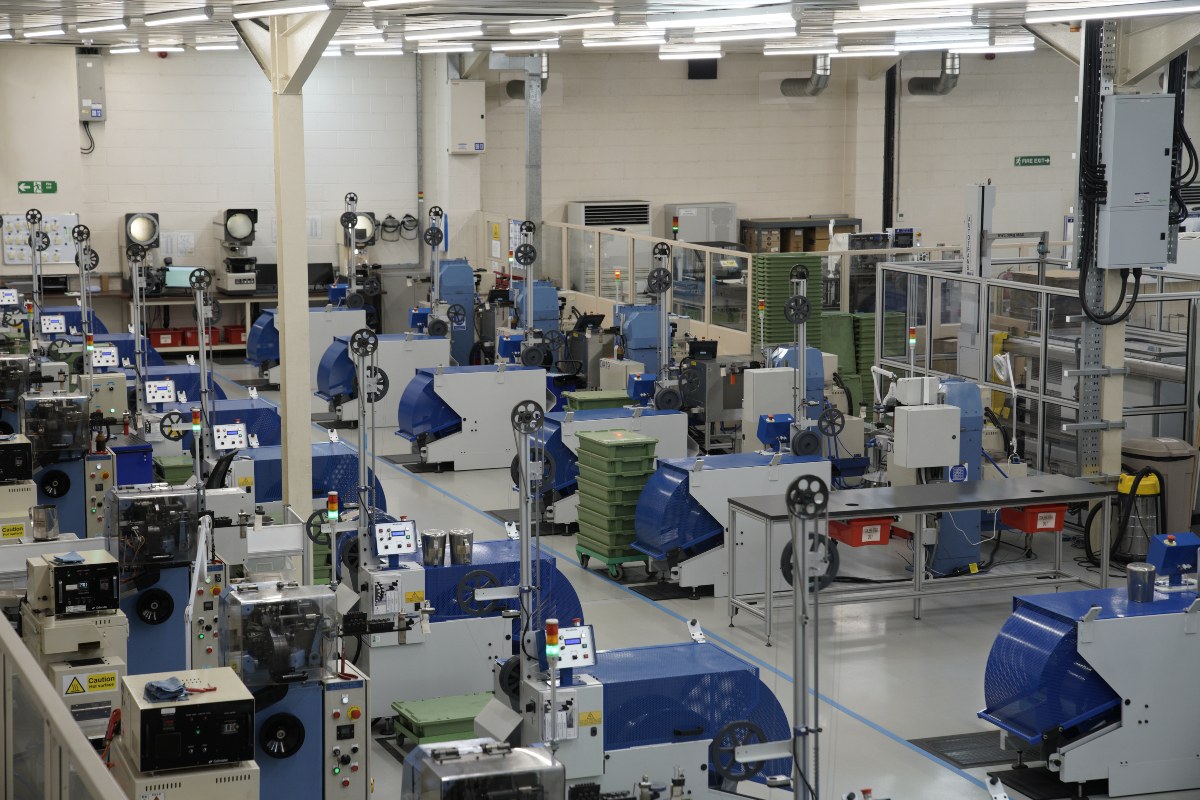
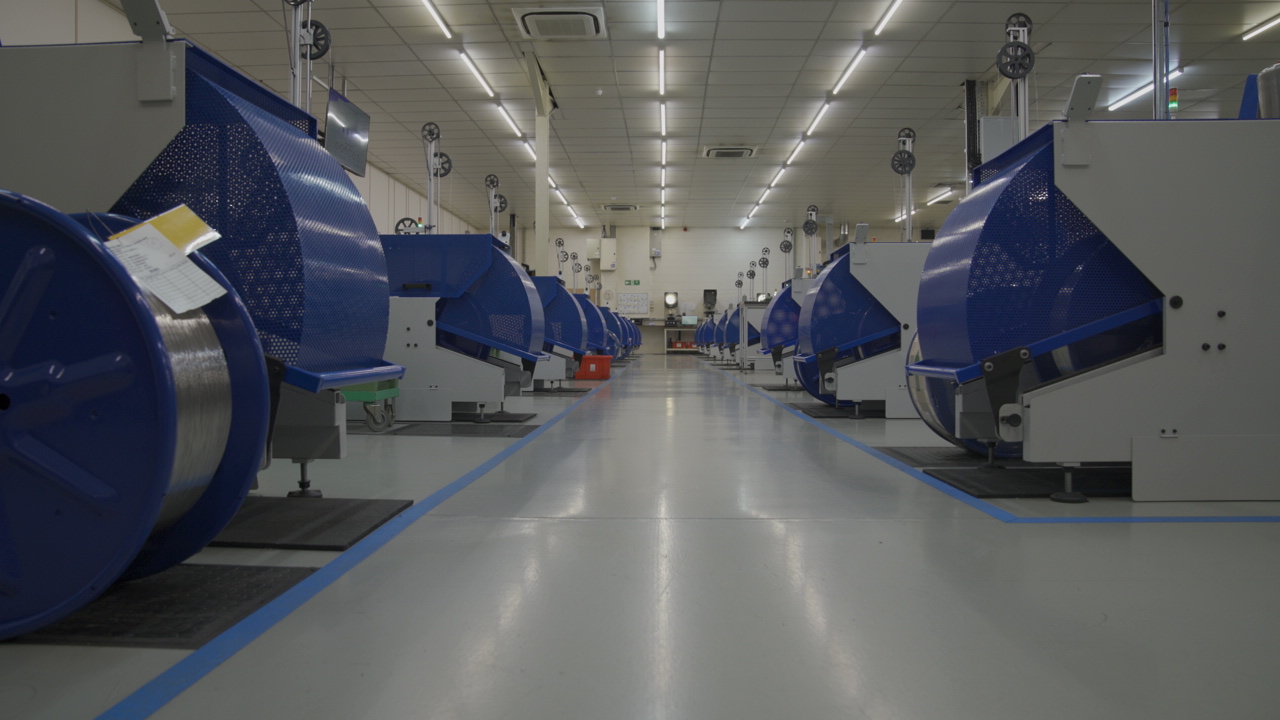
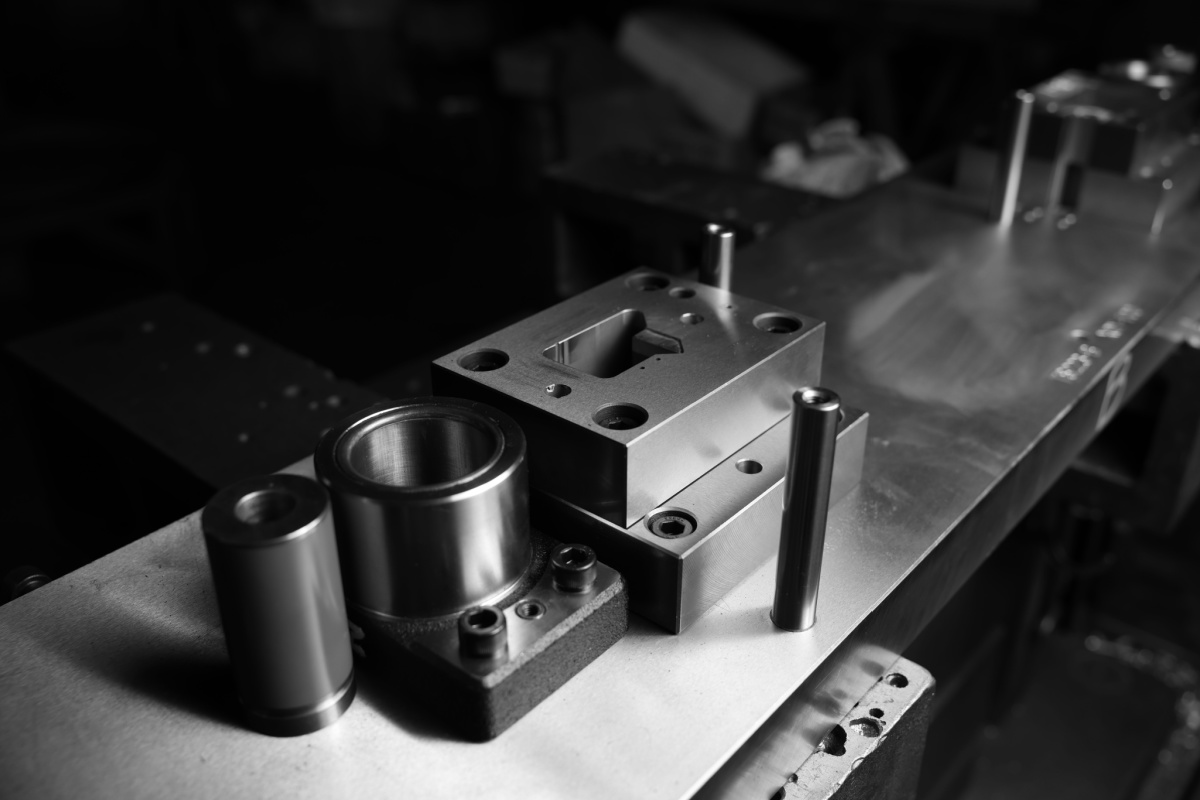
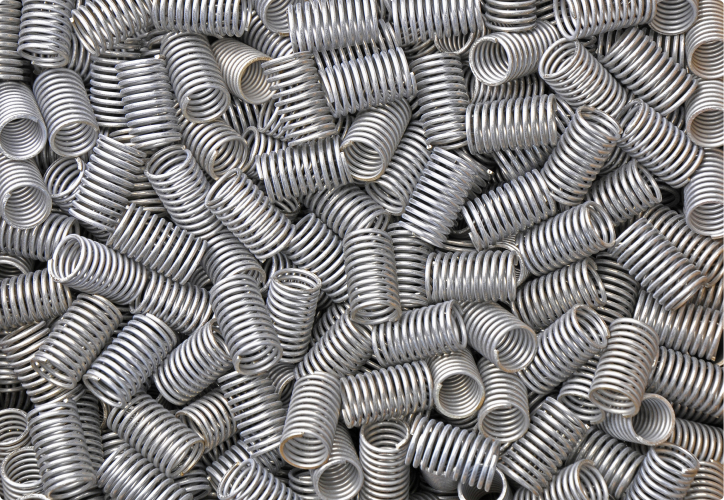
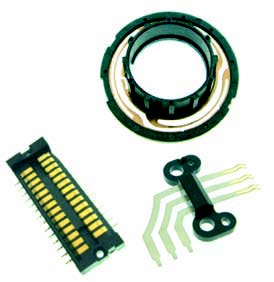
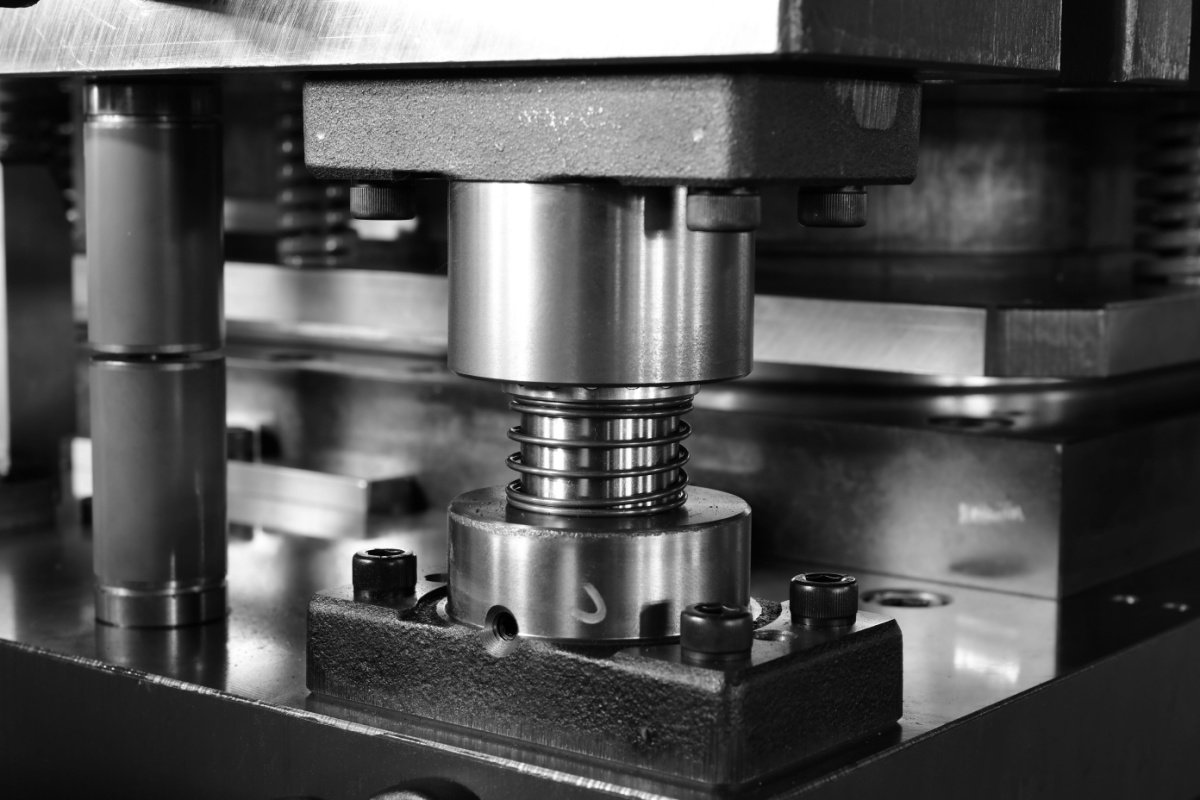
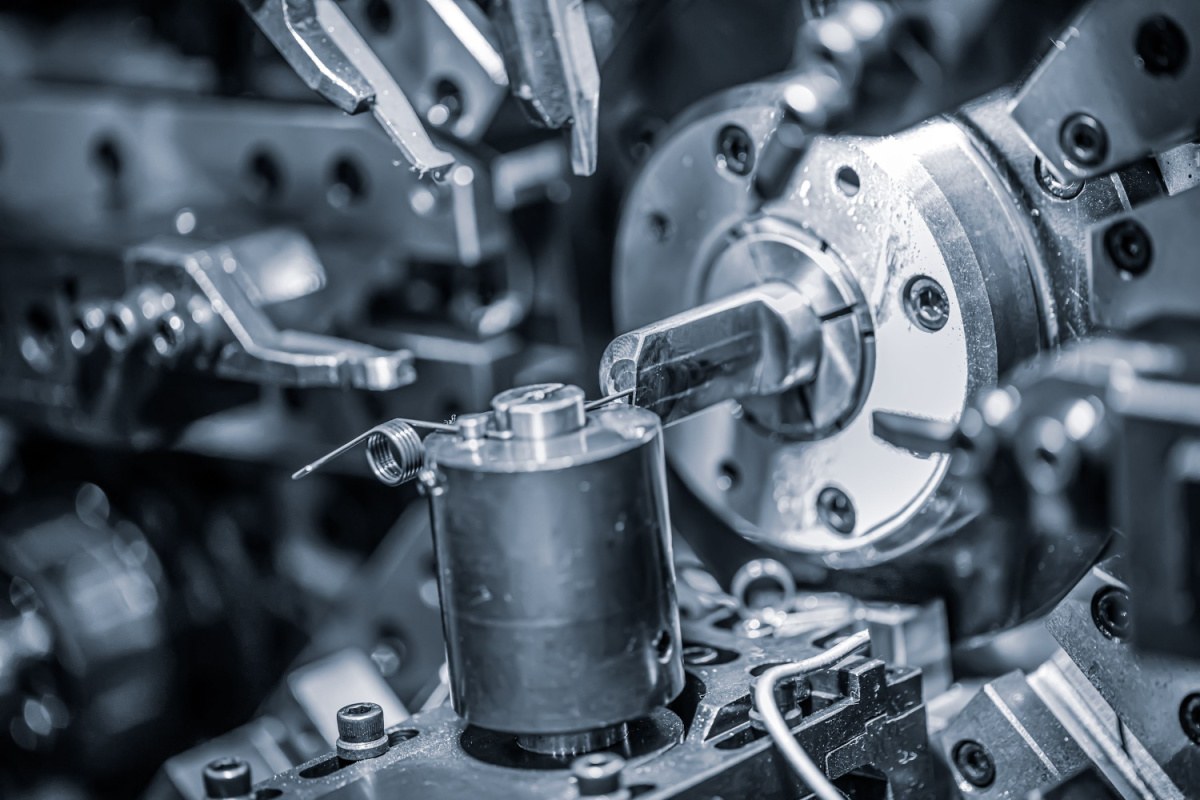


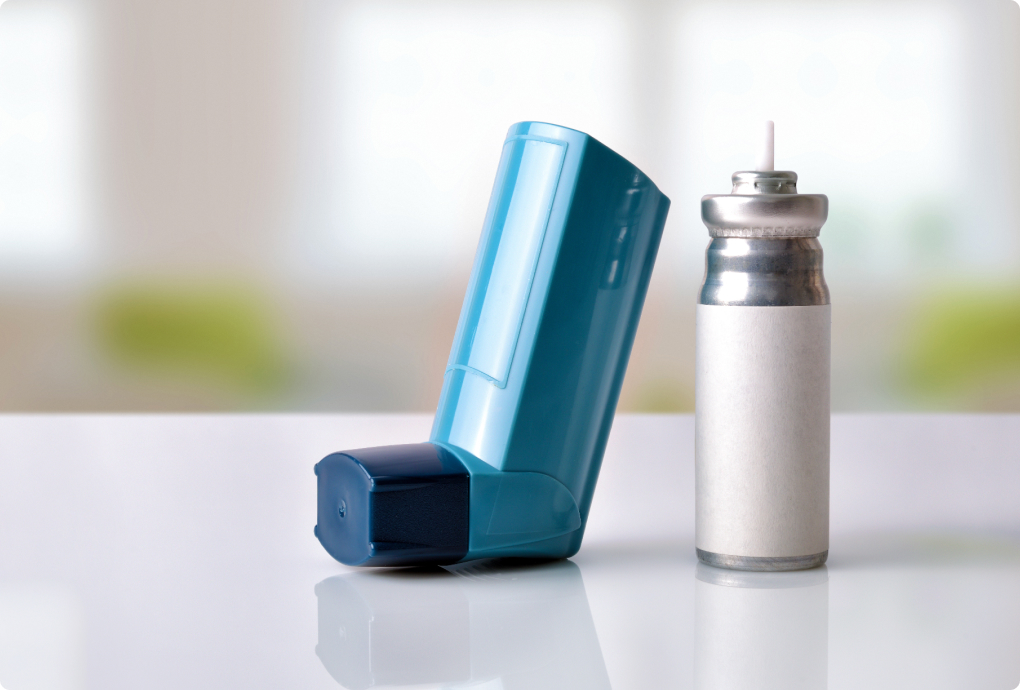

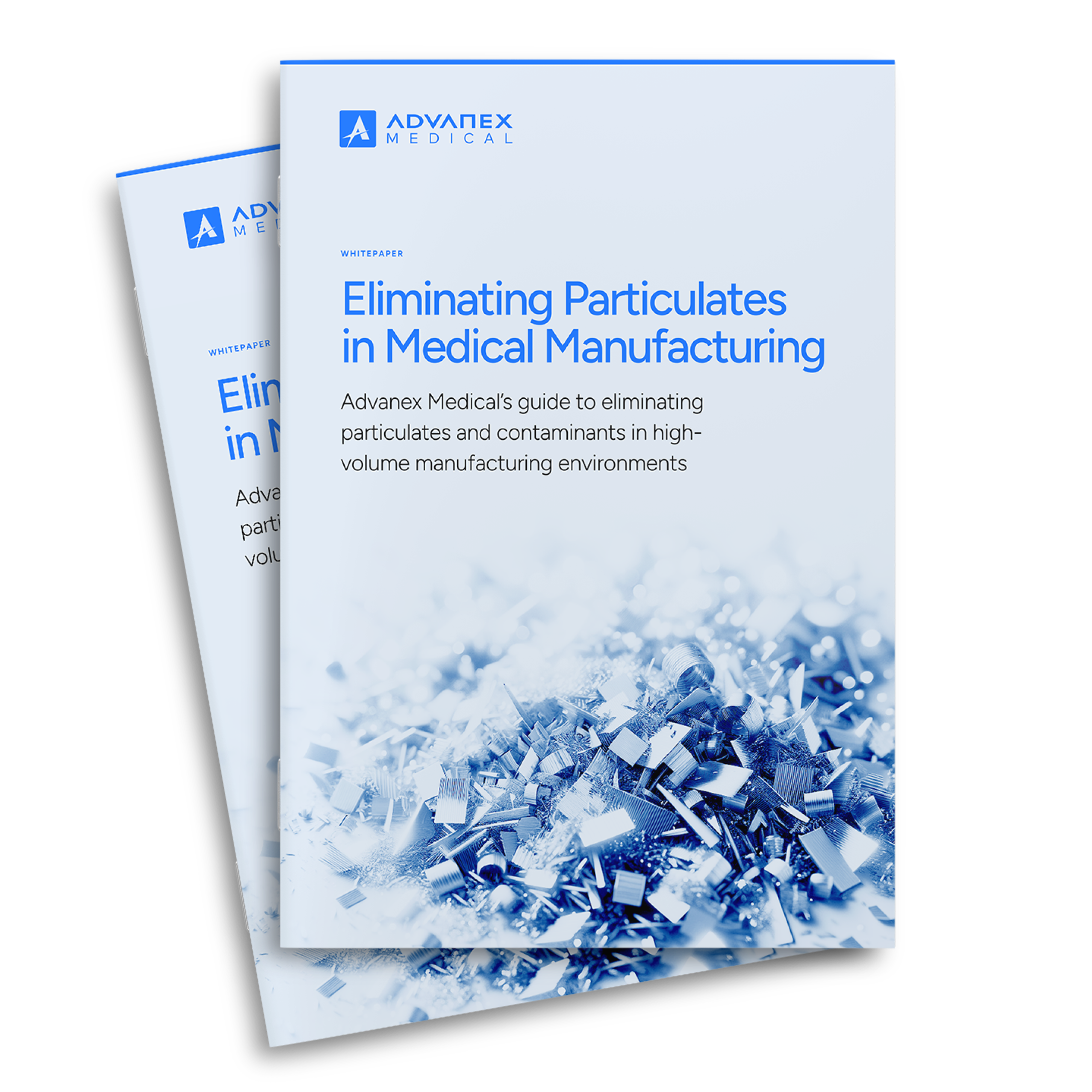





.jpg?width=352&name=shutterstock_1051333151%20(1).jpg)